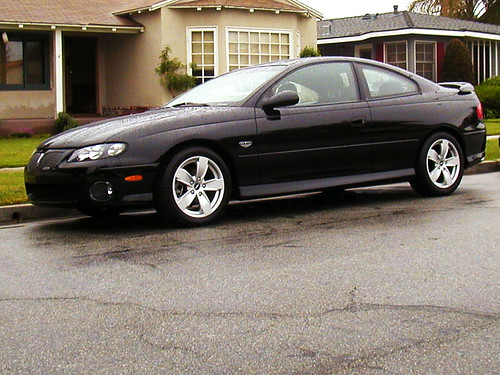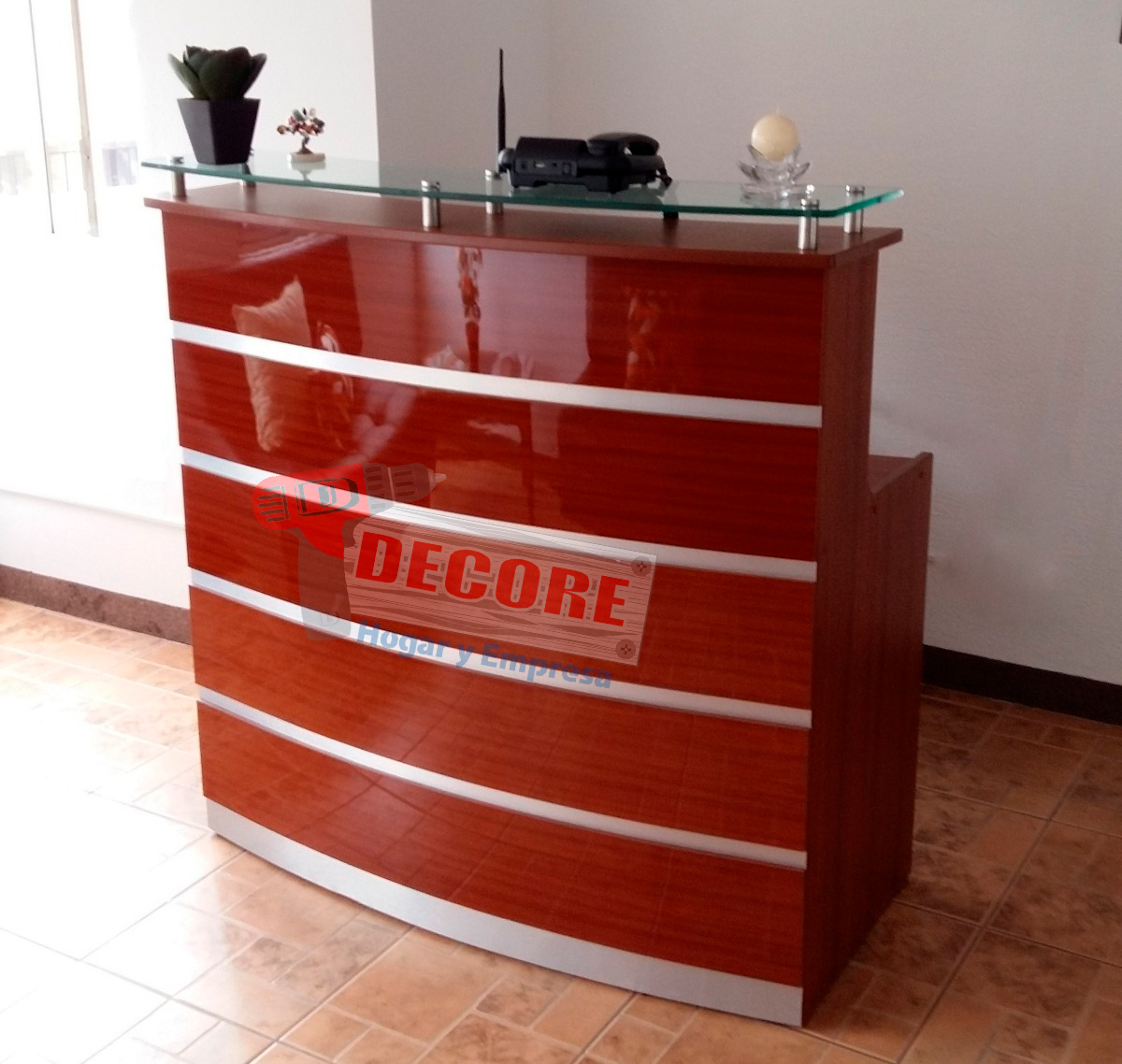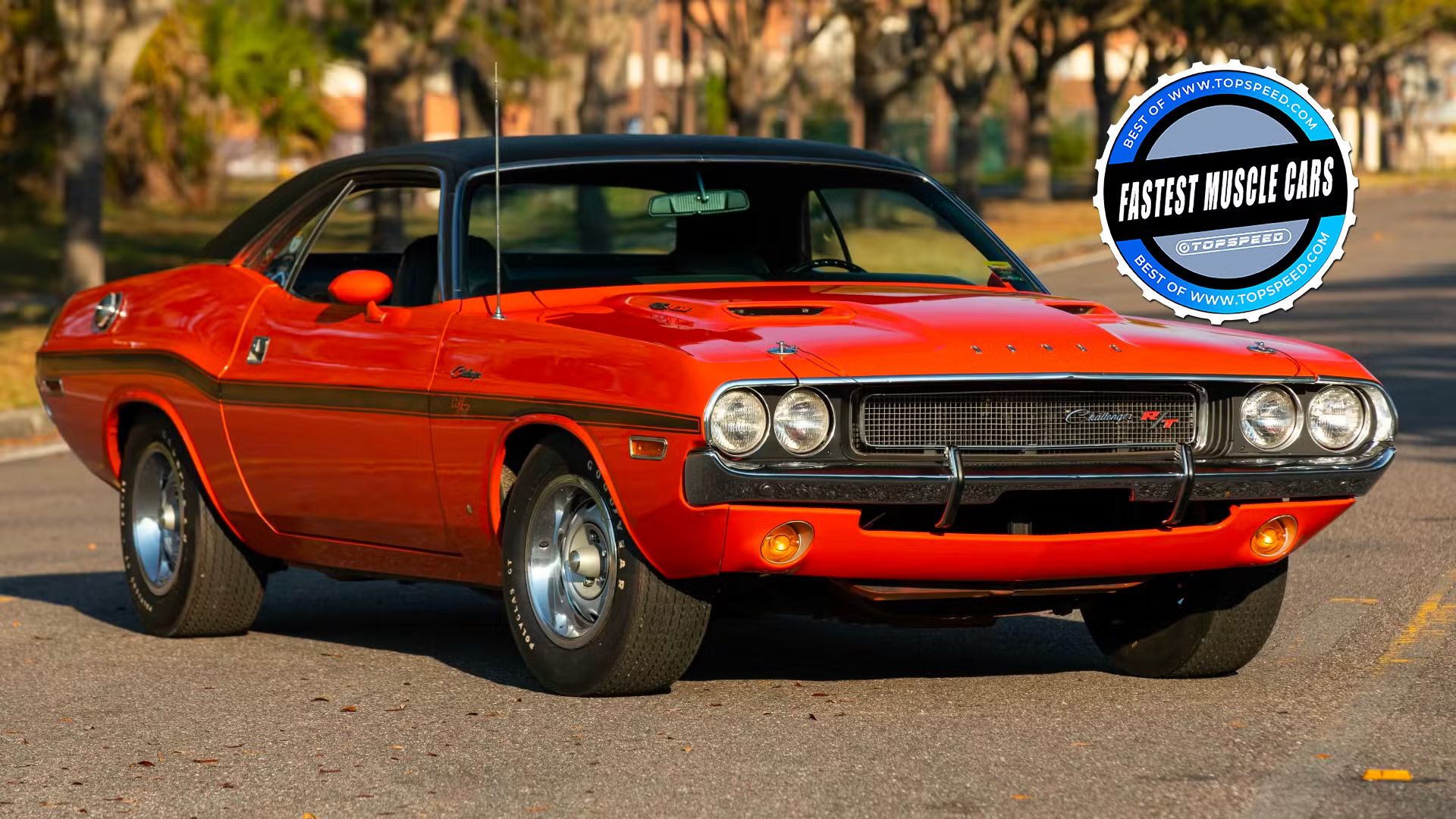
When you’re eyeing a new set of wheels, whether it’s a gleaming new model or a reliable pre-owned gem, the prospect of a substantial investment looms large. You might be considering paying in full or securing a loan to manage monthly payments. Whichever path you choose, the final sum can be considerable. Yet, there’s a powerful, often underutilized strategy to significantly reduce your overall cost: leveraging your current vehicle as a trade-in.
However, a common pitfall for many car buyers is failing to take a few easy, yet crucial, steps to maximize their trade-in’s value. This oversight can leave hundreds, if not thousands, of dollars on the table, money that could have gone towards a better vehicle, lower monthly payments, or simply stayed in your pocket. The difference between a rushed, unprepared trade-in and a strategically executed one can be substantial, often ranging from $2,000 to $5,000 or even more, depending on your vehicle’s worth and the effort you put in.
This comprehensive guide is designed to empower you with 14 essential tactics to outsmart dealerships and secure the absolute best possible value for your trade-in. We’ll walk you through every step of the process, from accurately assessing your vehicle’s worth to executing winning negotiation strategies that command dealer respect. Get ready to transform your approach to trading in your car and unlock its true profit potential.

1. **Understand Your Car’s True Market Value**Before you even consider stepping onto a dealership lot, the absolute first step in maximizing your trade-in value is to have a crystal-clear understanding of what your vehicle is genuinely worth in the current market. This knowledge isn’t just helpful; it forms the bedrock of any successful negotiation strategy and is your primary defense against dealers who might try to take advantage of uninformed sellers.
The most reliable way to accurately determine your car’s value is by utilizing established automotive valuation services. Kelley Blue Book, for instance, remains the undisputed gold standard in vehicle valuations across the U.S. Their comprehensive database takes into account your specific vehicle’s make, model, year, mileage, and even its condition to generate accurate pricing estimates for trade-ins, private party sales, and dealer retail prices.
Beyond Kelley Blue Book, Edmunds provides another authoritative source for car valuations. It’s often beneficial to consult multiple platforms, as Edmunds might offer slightly different estimates, giving you a broader, more robust range to work with during your negotiations. Both KBB and Edmunds offer free access to their valuation tools, and crucially, they regularly update their databases to reflect the most current market conditions, ensuring you’re working with timely information.
Consumer Reports also plays a valuable role, offering insights into vehicle depreciation patterns and reliability ratings that can indirectly but significantly impact your car’s trade-in value. Their data helps you understand whether your particular model tends to hold its value better or worse than the average. Arming yourself with these multiple, data-driven valuations not only gives you leverage but also prevents you from being swayed by a dealer’s subjective or lowball assessment.
Read more about: Unpacking the 2025 Tesla Model S Maintenance Costs: A Comprehensive Consumer Guide

2. **Decipher Key Value Determinants**Understanding your car’s market value isn’t just about punching numbers into a calculator; it’s also about knowing the specific variables that directly influence how much a dealership will offer. These aren’t abstract concepts; they are concrete factors that appraisers scrutinize, and being aware of them allows you to anticipate and even influence your trade-in offer.
Mileage plays another crucial role in valuation calculations. Generally, vehicles with lower mileage for their age are perceived as having more life left in them and typically receive higher trade-in offers. High-mileage cars, on the other hand, may face penalties that could amount to several thousand dollars. Understanding your vehicle’s mileage relative to its manufacturing year helps you set realistic expectations for the offers you receive, preventing sticker shock from a dealer’s appraisal.
Furthermore, market demand for your specific make and model directly impacts trade-in values. Popular models with strong resale values naturally command higher trade-in prices because dealers know they can move them quickly and profitably. Vehicles with declining demand, regardless of their intrinsic condition, may receive lower offers simply because they will sit on the lot longer. Even geographic location subtly affects trade-in values; for example, convertibles might fetch higher prices in warm, sunny climates, while four-wheel-drive vehicles are often worth more in regions with harsh winters or rural terrain.
Read more about: Why Your Trusted Older Car Might Secretly Be Draining Your Wallet: Unpacking Unexpected Insurance Premium Hikes

3. **Timing is Everything: Keep Your Trade-in a Secret Initially**This is one of the most powerful, yet frequently overlooked, tactics in your arsenal: strategically timing when you reveal that you have a trade-in. Many former car salesmen have openly stated that it’s best to negotiate your trade-in’s value entirely separately from the price of the new car you’re looking to purchase. The reason is simple and self-serving for the dealer: your trade-in can get devalued quickly when your focus is divided between the new car’s final price and your old car’s worth.
The trick to getting the best price for your trade-in is straightforward: do not let the car salesman know you have a trade-in right away. Some dealers are adept at playing tricks, attempting to manipulate the trade-in value to push you into a more expensive new car. They might artificially inflate your trade-in’s worth to make a pricier new car seem more affordable, effectively “losing” money on one side of the deal only to make it back, and more, on the other. Your car’s actual trade-in value should not change drastically based on the new car you’re buying.
Instead, focus intently on negotiating the absolute best possible price for the new vehicle first, as if you were buying it outright with cash. Once you’ve agreed upon a firm, written “out-the-door” price for your desired new car, and only then, should you introduce the topic of your trade-in. This sequence forces the dealer to give you their best offer on the new car independently, preventing them from using your trade-in as a variable to hide profits or inflate other aspects of the deal.
Salesmen typically have some wiggle room on trade-in values because it’s an area where they can generate additional profit. An ex-car salesman even posted on a Reddit forum revealing they used to lie to the owner about trade-in prices they gave customers to make more money. By separating the transactions, you eliminate the opportunity for them to obscure these profit margins or use trade-in concessions to offset a higher new car price. You take control by setting the stage for two clear, distinct negotiations.

4. **Master the Art of Separation**The fundamental principle behind successful trade-in negotiations is recognizing that buying a car and trading in a car are, in essence, two entirely separate transactions. While dealers will diligently try to combine them into one seamless “deal,” this tactic serves their interests, not yours. When you’re managing two transactions simultaneously, there are significantly more opportunities for a dealership to generate profits, and for you, the consumer, to lose focus and potentially miss critical details.
Why should you meticulously approach the trade-in process and the negotiation of a vehicle purchase as two distinct events? The answer is simple and highly impactful for your wallet. By focusing solely on selling your existing car for the greatest amount of money possible, you inherently secure a higher price for it. Similarly, by concentrating all your efforts on negotiating the best possible out-the-door price for the vehicle you intend to purchase, you ensure you get the absolute best deal. Attempting to combine these two complex processes simply muddies the waters, creating an environment where a dealer can more easily “pull a fast one” on you by shifting numbers around.
Therefore, your primary focus should be negotiating the best possible out-the-door price for the new vehicle. If you’re not familiar with this term, the “out-the-door price” encompasses the vehicle’s selling price, along with all taxes, fees, and additional charges. Once you have a firm, agreed-upon out-the-door price in writing for your new purchase—and you are satisfied with it—then, and only then, should you pivot the conversation to your trade-in. This disciplined approach prevents dealers from manipulating one side of the equation to offset concessions made on the other, ensuring transparency and maximizing your savings.
Documenting all agreed-upon prices in writing before proceeding to the next phase of negotiations is paramount. This simple step prevents any confusion, ensures that previously negotiated terms don’t mysteriously change during the final paperwork process, and holds the dealership accountable. By treating these as separate, documented transactions, you maintain control and clarity throughout what can otherwise be a complex and opaque process.
Read more about: Unlock Your Home’s Hidden Wealth: Simple, Tax-Free Strategies to Convert Equity into Income

5. **Transform Your Vehicle’s Appearance**The investment in thoroughly cleaning and detailing your vehicle before presenting it for appraisal is not merely about aesthetics; it’s a shrewd strategic move that can significantly increase your car trade-in value. A vehicle that looks its best makes an immediate, positive impression on dealership appraisers, conveying a sense of responsible ownership and meticulous care. This initial perception can translate into hundreds, or even thousands, more on your trade-in offer.
Professional detailing services typically cost between $100 and $300, but the return on this investment often far exceeds the outlay. The key is to focus on both interior and exterior presentation. For the interior, meticulous cleaning of carpets, conditioning of leather or upholstery, and effective odor elimination can make a profound difference. A clean, fresh-smelling interior signals that the car has been well-maintained and cared for, enhancing its perceived value to potential buyers and, by extension, the appraiser.
On the exterior, attention to detail involves more than just a quick wash. Consider paint correction to address minor scratches, thorough cleaning of wheels, and even a quick tidy-up of the engine bay. These efforts demonstrate to the appraiser that you’ve maintained the vehicle properly, suggesting that its mechanical components are likely in good order as well. A visually appealing car is simply easier for the dealership to re-sell, making them more willing to offer a competitive price.
Furthermore, consider addressing minor cosmetic issues that might trigger disproportionately larger deductions during appraisal. Small paint chips, slightly scratched wheels, or worn floor mats can often be inexpensively repaired or replaced. While these seem minor, dealerships might use them as justification for substantial reductions in value, citing the cost and effort of their own reconditioning. Proactively fixing these small imperfections signals your attentiveness and removes easy targets for value depreciation, netting you a higher return.
Read more about: The 2025 MINI Cooper: A Deep Dive into Modern Reinvention and Driving Dynamics

6. **Execute Strategic Minor Repairs**While a sparkling clean vehicle creates an excellent first impression, strategic minor repairs are where you can proactively remove reasons for a dealership to lowball your offer. It’s crucial to understand that not all repairs make financial sense before trading in your vehicle. Major overhauls like transmission work, engine repairs, or extensive bodywork rarely provide a return on investment that justifies their cost when you’re simply trading the car in. The goal here is smart, targeted fixes, not a complete restoration.
Instead, focus on maintenance items that are relatively inexpensive for you to replace but might trigger a higher cost for a dealership to address, or items that are easily visible during an appraisal. For example, replacing worn brake pads, ensuring all lights are working, or swapping out a dirty air filter falls into this category. These small, often overlooked, details can significantly improve your trade-in value because they demonstrate diligent upkeep and reduce the immediate reconditioning work required from the dealer.
Addressing issues like windshield damage, such as a significant chip or crack, is another wise investment. A damaged windshield is a clear safety concern and an immediate red flag for an appraiser, almost guaranteeing a deduction. Fixing such issues, along with minor engine issues that might be easily remedied, before an appraisal by the dealer can easily net you hundreds more on your trade-in. These are the “low-hanging fruit” repairs that offer the best return on your effort and expense.
The underlying principle is to eliminate obvious flaws that a dealership can point to as justification for a lower offer. By taking care of these strategic, minor repairs, you are presenting a vehicle that requires less immediate attention from the dealer’s service department. This not only makes your car more attractive but also reduces the perceived risk and cost for the dealership, making them more inclined to offer a higher, more favorable trade-in price. It’s about optimizing your car’s appeal without overspending on fixes that won’t pay off.
Read more about: Smart Savings Ahead: Unveiling the 2025 Cars with the Most Affordable Parts for Budget-Conscious Buyers

7. **Gather All Essential Documentation**Beyond preparing your vehicle itself, organizing and presenting the correct documentation is a powerful, yet often undervalued, negotiation strategy. Proper documentation signifies responsible ownership and can dramatically increase an appraiser’s confidence in your vehicle’s condition and history. This confidence can directly translate into a higher trade-in offer, as it reduces uncertainty for the dealership.
Make sure to have your vehicle’s title, current registration, and a complete set of maintenance records readily available. The title proves your ownership, and the registration confirms its legality. Crucially, comprehensive maintenance records provide tangible evidence that you have properly cared for the vehicle throughout its lifespan. These records act as a verifiable history of oil changes, routine service, and any significant repairs, which can convincingly justify a higher trade-in offer by demonstrating proactive upkeep.
Receipts for major repairs, oil changes, tire rotations, and other service work are invaluable. They offer concrete proof of your vehicle’s maintenance history, validating your claims about its condition. A well-documented history helps differentiate your car from others that might appear similar but lack such a transparent record. This transparency builds trust with the appraiser, reducing their need to assume potential hidden problems.
If you are still making payments on your current vehicle, it is imperative to contact your lender beforehand to determine the exact payoff amount. Understanding your current loan balance and how much equity (or negative equity) you have in the vehicle is critical. This information allows you to accurately calculate how much you will net from the trade-in after the loan is settled. Being prepared with this figure not only streamlines the process but also ensures you are fully aware of the financial implications of your trade-in, positioning you for a more informed and empowered negotiation.
### Section 2: Mastering Negotiation and Maximizing Your Profit
With your vehicle prepared, it’s time to negotiate for its maximum value. This section delivers advanced strategies and crucial insights to boost your trade-in profit. We’ll cover securing multiple offers, defining your financial bottom line, and effectively countering dealership tactics. This phase is all about executing smart strategies to ensure you get the most for your trade.
Read more about: Beyond the Showroom: Why Inventory Woes and Digital Demands Are Reshaping Automotive Dealerships Today

8. **Arm Yourself with Multiple Offers**Never approach a dealership without knowing your vehicle’s market worth through multiple offers. Dealers aim for the lowest purchase price to maximize resale profit; your goal is the highest. Gather several competitive quotes before engaging with the dealer where you plan to buy your new car to gain leverage.
Shop your trade-in to various dealerships to generate crucial competitive pressure, often leading to higher offers. Different dealers have diverse inventory needs, making some willing to pay more for specific models. Explore specialized used car services like CarMax or Carvana for valuable baseline offers.
Utilize Kelley Blue Book’s Instant Cash Offer. This provides a genuine, seven-day valid offer to purchase your car, redeemable after inspection. Based on your car’s condition, features, and local demand, this concrete offer significantly strengthens your bargaining position.
Read more about: Pour Decisions: 14 Things Bartenders Secretly Wish You’d Stop Doing and Ordering

9. **Define Your Non-Negotiable Bottom Line**Before any negotiation, establish your absolute minimum acceptable trade-in value. This is a researched figure based on market assessments and your financial goals. It defines the point where you’d rather pursue a private sale than accept a dealer’s offer, preventing you from settling for less than your car is truly worth.
To determine this figure, assess the convenience value of trading in versus selling privately. Dealership trade-ins offer immense ease, saving time and effort on advertising and paperwork. However, this convenience often entails lower proceeds compared to a private sale, a factor you must quantify.
Decide your acceptable premium for convenience. Factor in your time’s value and the effort a private sale demands. Setting this precise threshold empowers confident negotiation, knowing exactly when to walk away if an offer disappoints.
Read more about: Navigating the Road to Relief: Essential Features for 2025 Cars to Support Drivers with Back Pain

10. **Counter Lowball Offers with Confidence**Expect dealerships to start trade-in offers artificially low—a standard tactic. Do not let this initial lowball offer deter you. Instead, view it as an opportunity to showcase your preparedness, shifting negotiation in your favor with a calm, informed response.
When faced with a low offer, calmly present your meticulously gathered research, including higher valuations from Kelley Blue Book, Edmunds, and competitive cash offers. Never accept the first offer without negotiation. State your expectation of higher value and ask the dealer to reconsider; many will increase initial offers with data-backed pushback.
If the dealer claims specific vehicle issues justify their low offer, immediately request concrete details and their inspection report. Scrutinize deductions and challenge those appearing excessive or unjustified. Dismantle their lowball justifications with verifiable facts.
Read more about: Are You *That* Buyer? 15 Smart Negotiation Tactics That Drive Car Salespeople Wild (and Save You Money!)
**Maximizing Your Trade-In Success: A Final Word**
Car trade-ins can be complex, but with informed tactics, you can turn a typical transaction into a profitable one. Remember, preparation means thoroughly researching value, understanding market dynamics, and organizing documentation. These steps empower you before visiting any dealership.
Negotiation is where preparation pays off. By separating new car purchase from trade-in, gathering multiple offers, and confidently countering lowball tactics, you control the narrative. Vigilance against hidden fees, coupled with understanding financing and sales tax benefits, solidifies your position, ensuring your trade-in’s full worth.
Read more about: Beyond the Roar: Unpacking the Resurgence of Classic Muscle Cars for American Enthusiasts
Ultimately, make an informed decision aligned with your financial objectives and convenience. Whether choosing a strategic trade-in or a private sale, research, preparation, and disciplined negotiation are paramount. Apply these 14 tactics to secure a smarter, more profitable deal, keeping more money in your pocket. Drive confidently, having optimized every aspect of your vehicle’s value.


